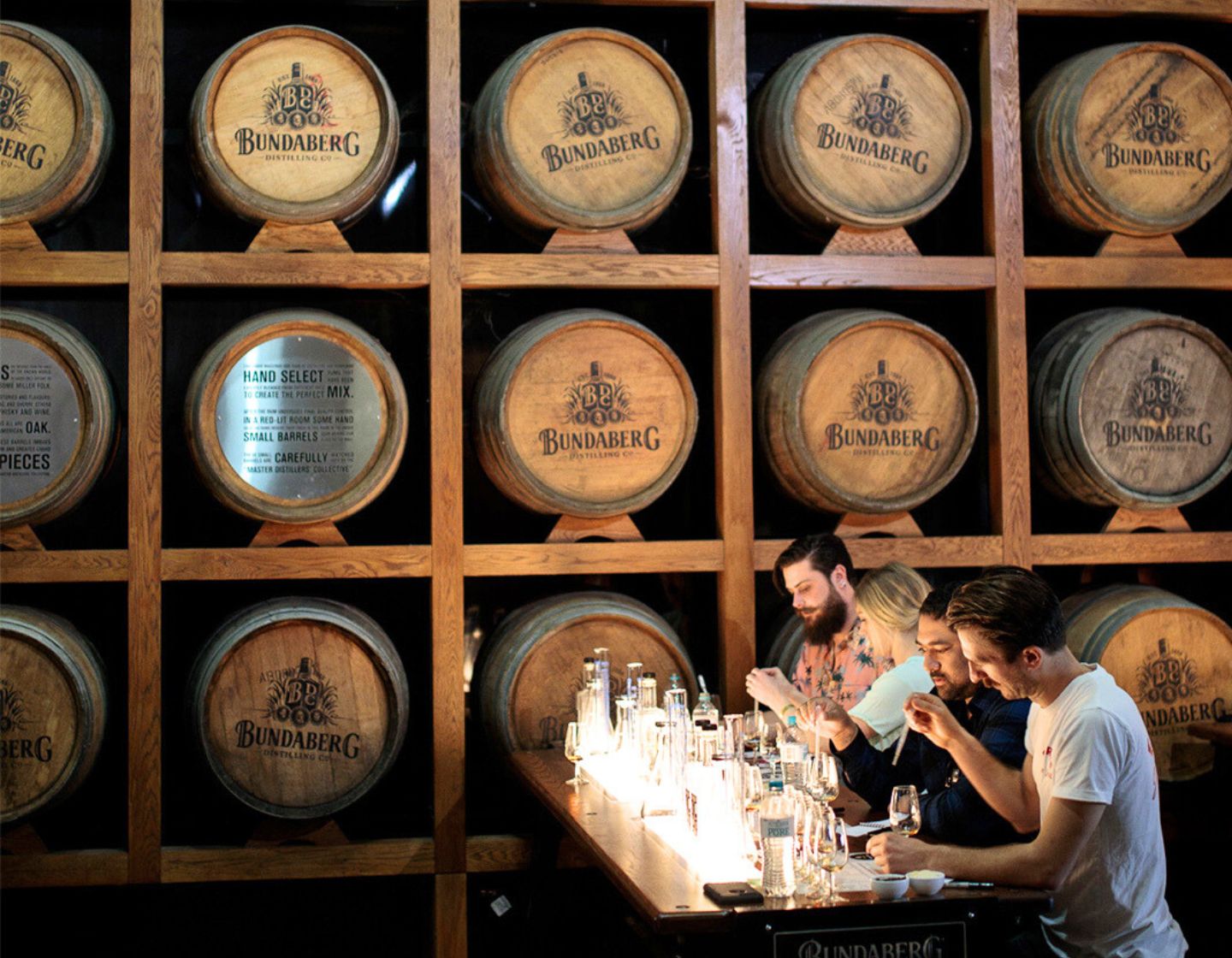
Bundaberg Rum
Get to know all about the rich background and craft that goes into producing Bundaberg - Australia’s best-selling rum.
Estimated reading time: 3 minutes
BUNDABERG’S FASCINATING HISTORY

BUNDABERG’S FASCINATING HISTORY
The first Bundaberg Rum was officially distilled in 1889, but by law, the rum had to mature for two years before it could be sold. Remarkably the distillery was twice guttered by fire, in 1907 and again in 1936 as a result of a lightning strike. Legend has it that when the flaming rum ran into the river, the locals took full advantage of the fish which had been marinated and cooked in Bundaberg Rum! Quite the story.
During WWII, visiting US soldiers enjoy plenty of rum while in Queensland but they also had a then strange habit for mixing it with cola. The Bundaberg team noticed and started bottling Bundy and Cola, one of the world’s first mixed drinks, and the first ‘rum and coke’ as we know it.
From there Bundaberg went from strength to strength, with some of the distillery’s premium rums winning accolades including the ‘World’s Best Rum’ award at The World Drinks Awards in London and ‘World’s Best Gold Rum’ award at The San Francisco World Spirits Competition.
Later, in 2009, a select handful of distillers, bondsmen and blenders, who all love to tinker with taste, began the Bundaberg Master Distillers’ Collection. This collection had one aim in mind - to craft, age and blend bespoke, premium rums that will rank among the very best drinks in the world.
Bundaberg Rum or ‘Bundy’ as it’s known locally, has held the Australian rum crown since it was first created in 1888. Produced in the Bundaberg Distillery which sits on the sun-drenched coast of Queensland, it’s a drink that conveys that laid-back, feel-good spirit of Australia.
BUNDABERG RUM: THE CRAFT
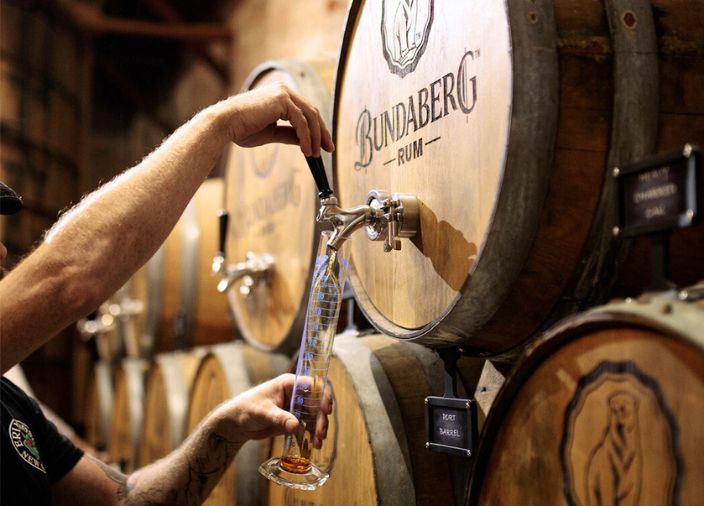
BUNDABERG RUM: THE CRAFT
So what goes into making Australia’s best-selling rum? A lot of craft and plenty of graft. Since the Bundaberg Distilling Company was born in 1888 it has been taking molasses, a by-product from sugar production, and turning it into something special.
The process has remained largely unchanged for over 100 years and the result is a delicious, iconic rum. Bundaberg is made from the finest sugar cane grown in rich volcanic soil in the tropical North Queensland climate.
The cane is processed at the sugar mill next door to the Distillery, producing four Olympic-sized swimming pools of molasses a year. The benefit of the sugar mill being so close is that the molasses is pumped directly into the distillery through underground pipes.
From there, Bundaberg’s own yeast strain and water is added to ferment and distil the liquid, maturing the rum for a minimum of 2 years before it’s ready for the glass.
BUNDABERG RUM: THE PROCESS
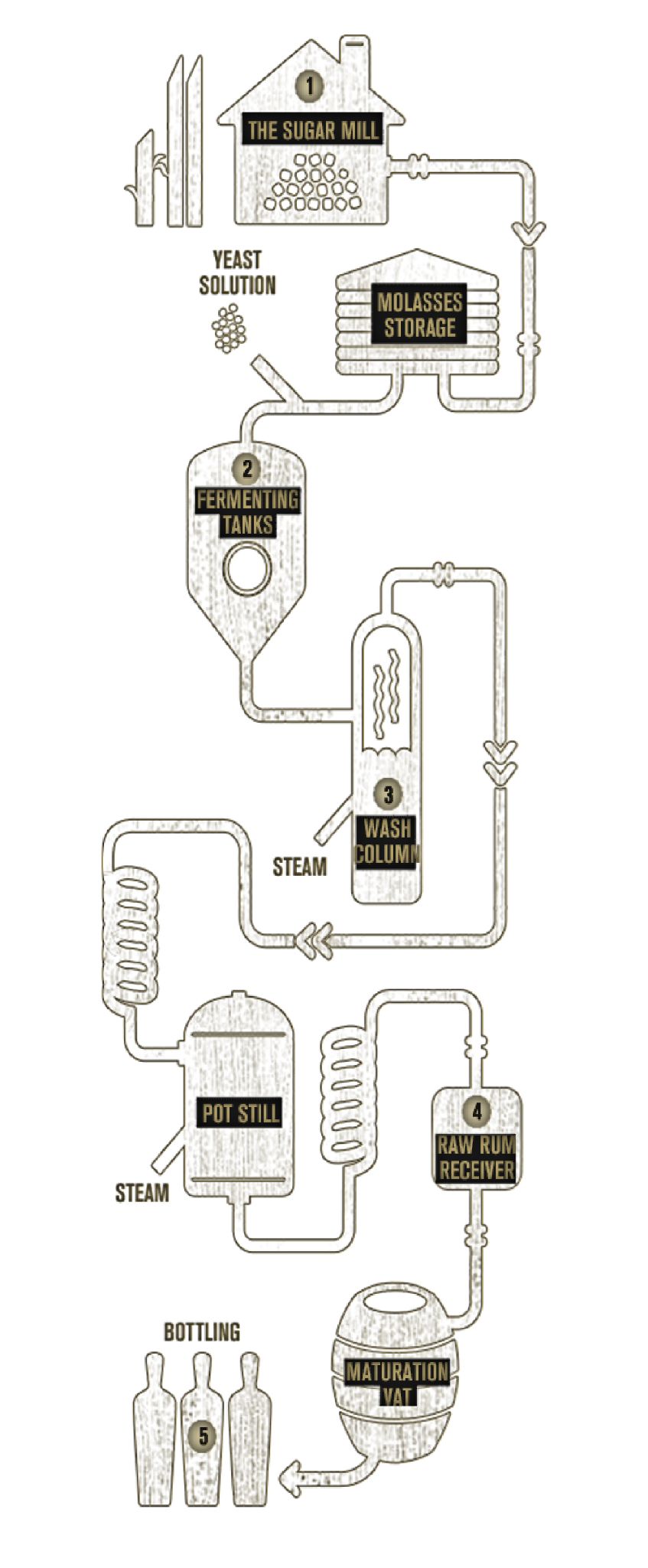
BUNDABERG RUM: THE PROCESS
STEP ONE: MOLASSES
Ah, sweet molasses. Mother nature’s cast-offs are our gain, because molasses is what happens when you process sugar cane into sugar. We get our molasses from our mates across the road at Bundaberg Sugar. Thick, sludgy and black, raw molasses is delightful, but probably not something you’d take home to meet your mother. That’s why we spruce it up and clean it real good, a process we call ‘clarification’.
Every year from June to December, we pump the equivalent of 4 Olympic swimming pools full of molasses in this way. It comes through underground pipes directly from the sugar mill cross the road. After this, the molasses has its passport stamped, leaves the distillery and heads for the fermenting tank.
STEP TWO: FERMENTATION
To make rum you need three things; molasses, water and yeast. Our yeast’s official name is ‘Saccharomyces Cerevisae’, for everyone playing trivia at home. We cultivate our own here, which take about 36 hours for a batch. Once that’s ready it joins the molasses and water for a cruisy two-day stay in our fermentation tanks. This gets us to about 8% alcohol, and then it’s off to be distilled.
STEP THREE: DISTILLATION
Distillation is where most of the science happens in the making of rum. There are two rounds here, the first involving the fermented mixture being pumped into a giant wash column and having a steam room treatment to eliminate by-product. The second is similar, but now it’s in a pot still that looks a bit like a kettle. Only the best portions of the vapours are kept, which are fondly known as the ‘heart cut'. These condense into raw rum.
STEP FOUR: MATURATION & AGEING
The raw rum, now at 78% alcohol, is also called ‘Immature Rum’ and it’s about time for it to grow up. This happens in maturation, where the raw rum is transferred over using steel pipes and kept in our Appalachian Range white oak wooden vats, for a minimum of two years. The flavour and colour comes from the tannins in the timber, which slowly seeps in over time. It’s then blended with pure demineralised water down to its bottling strength.
Not all rums are created equal. Some will depart here to become Bundy Spiced rum or be aged further in small barrels to become part of the Master Distillers' Collection range.
STEP FIVE: BOTTLING
We can pump out 120 bottles per minute on our fancy new bottling line down in Sydney, should you be so inclined. If it's made it this far, that molasses has finished its transformation into Sugarcane Champagne. After a quick wash, a fill and a shiny new cap, that bottle is on its way to your venue.
BUNDABERG RUM PORTFOLIO
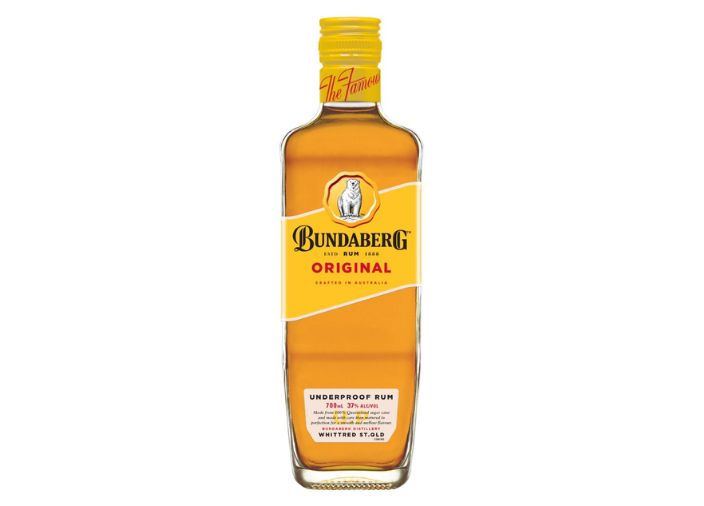
Bundaberg up
The original Bundaberg Rum. Demerara sugar and black pepper spice with light floral hits and rich, heavy oak tones. Try our Rum & Cola recipe.
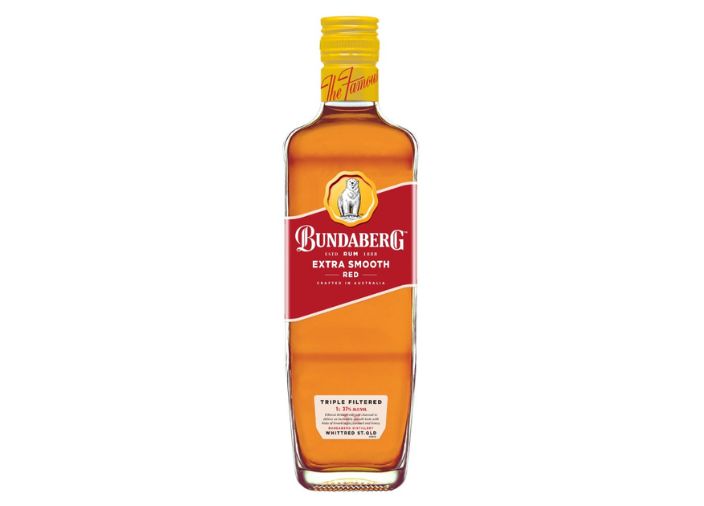
Bundaberg red
Filtered through red gum charcoal to deliver an incredibly smooth finish. Hints of brown sugar, caramel, and honey.
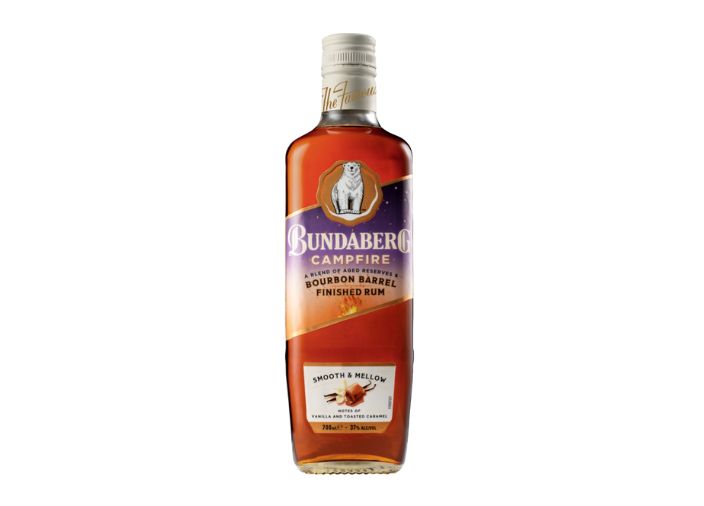
Bundaberg campfire
A blend of Aged Reserves & Bourbon Barrel Finished Rum for a smooth, mellow taste and perfect balance of toasted caramel & vanilla.
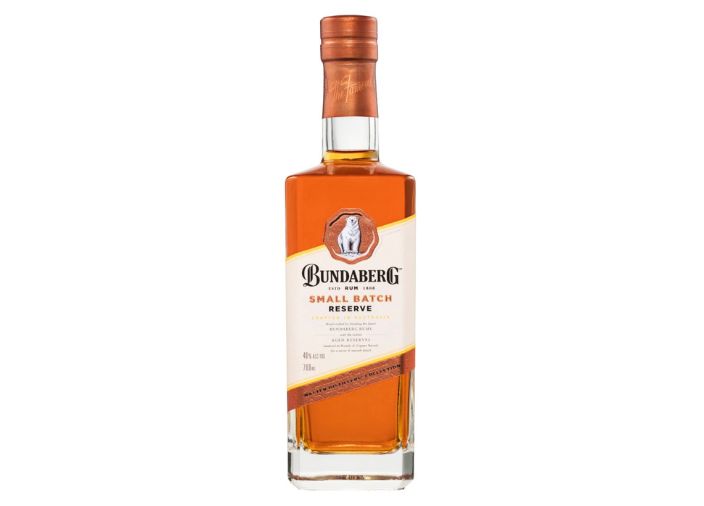
Bundaberg small batch reserve
Complex with flavours of raisins, spices and tobacco complimented by the sweetness of vanilla and honey. Try our Dark & Stormy recipe.
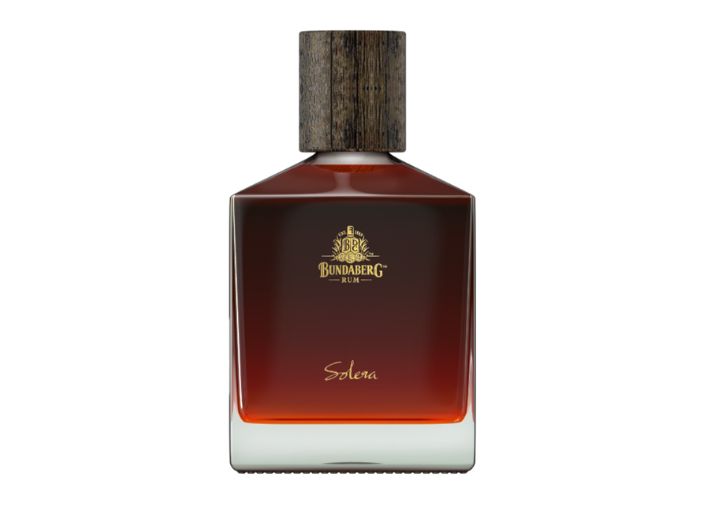
Bundaberg solera
Rich in age, combined with sweetness and notes of vanilla, fruitcake, butterscotch and oak.
Bundaberg Rum: Distillery Tour
Australian Rum & Cola

Australian Rum & Cola
The ultimate classic, combining the rich character of Bundaberg UP Rum with the fresh sweetness of Cola.
Bundaberg: Basic Quiz
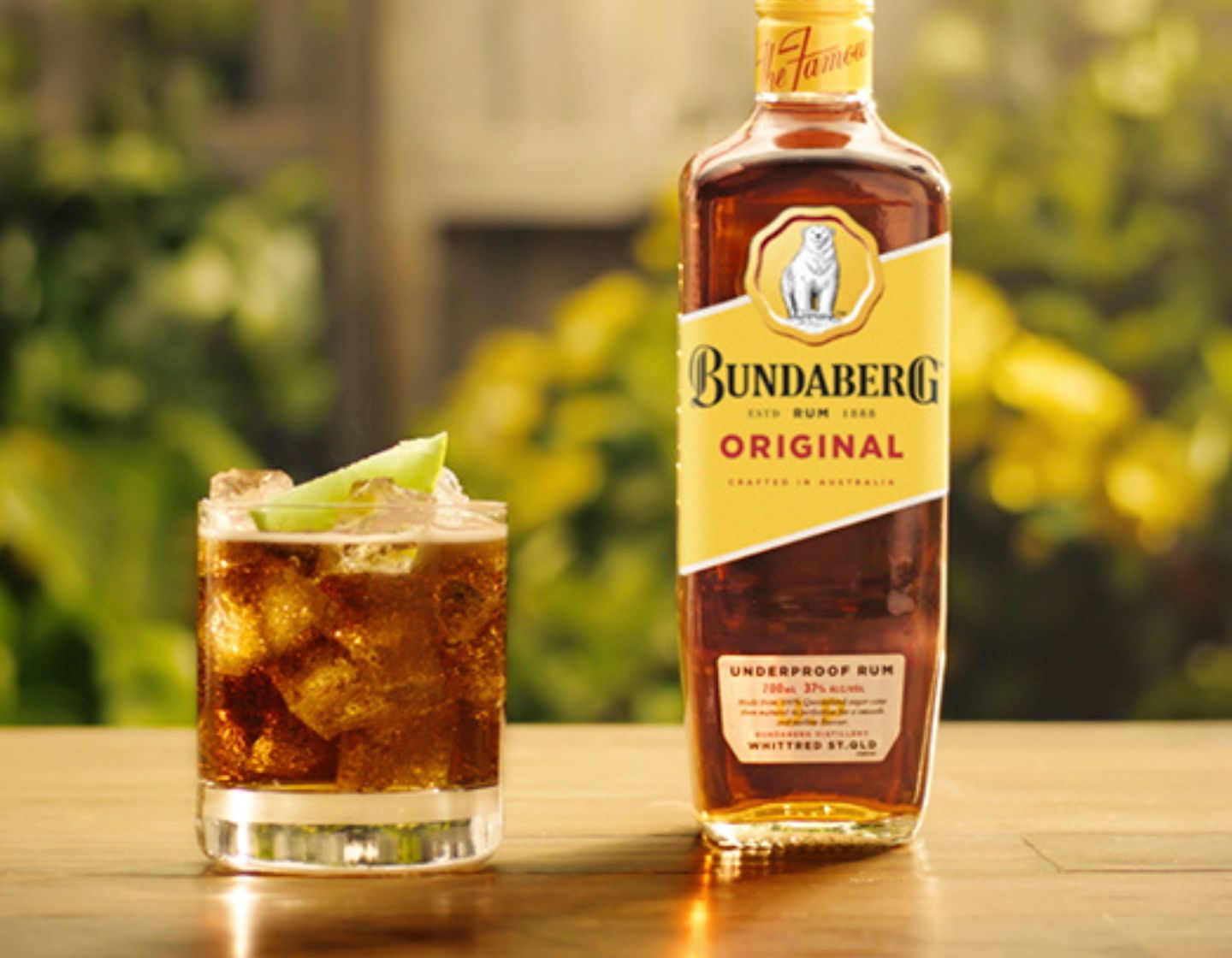
Bundaberg: Basic Quiz
Ready to put your knowledge to the test? Take our basic quiz on Bundaberg, the Australia’s best-selling rum.
Bundaberg: Advanced Quiz
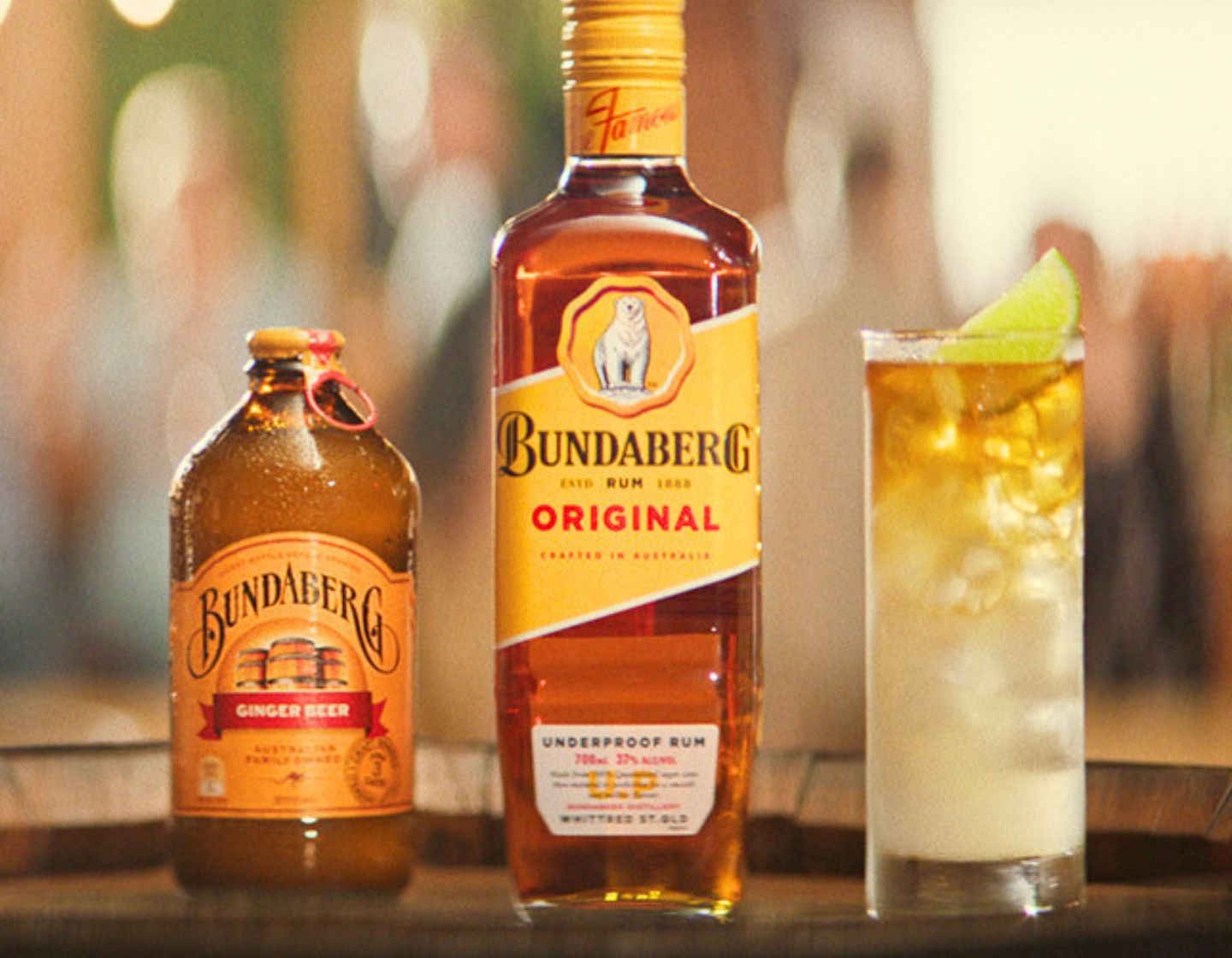
Bundaberg: Advanced Quiz
Challenge yourself with this advanced quiz on Australia’s best-selling rum, Bundaberg.
RELATED CONTENT
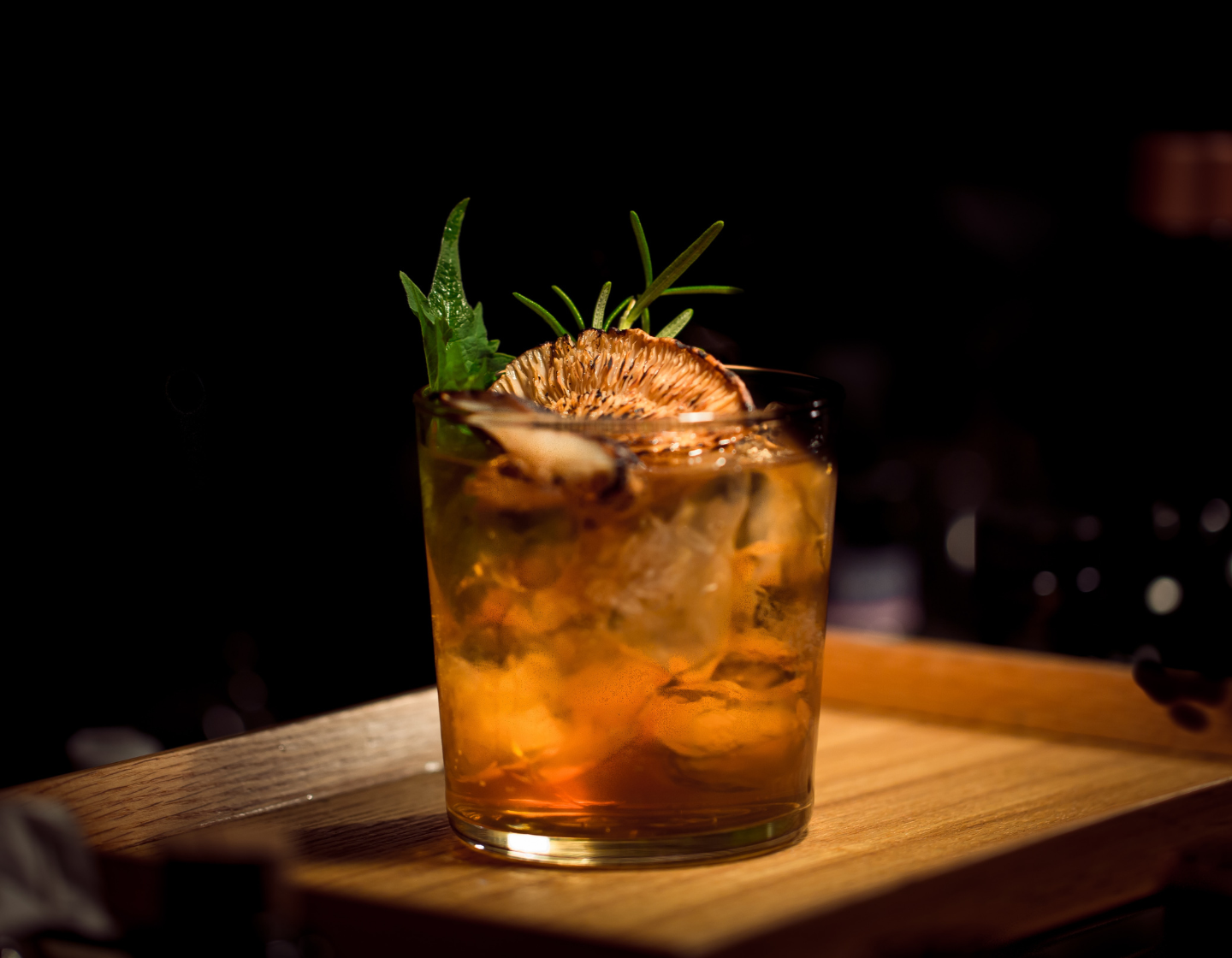
Rum
Discover the history of rum, distinctive production processes and types of rum that paved the way for today's aromatic realm of rum cocktails.
Expert Guide To Rum Tasting and Mixing
Learn more about the distinct types and flavours of rum and how to expertly mix and pair them with certain ingredients in this webinar.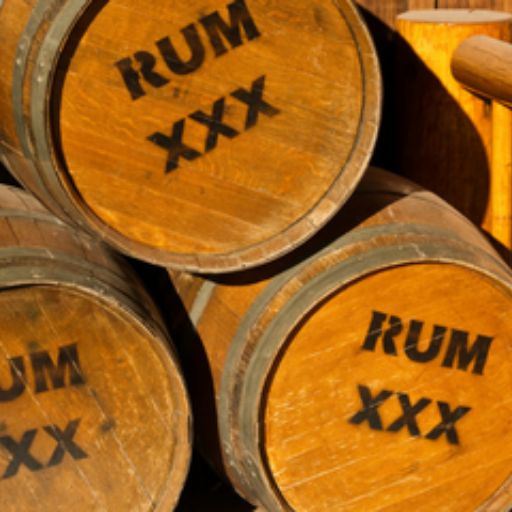
Ian Burrell's Expert Guide to Rum
Rum expert Ian Burrell explores this trending spirit by revealing how it is made, the effects of this on its flavour profile and shares his top tips on how best to enjoy it.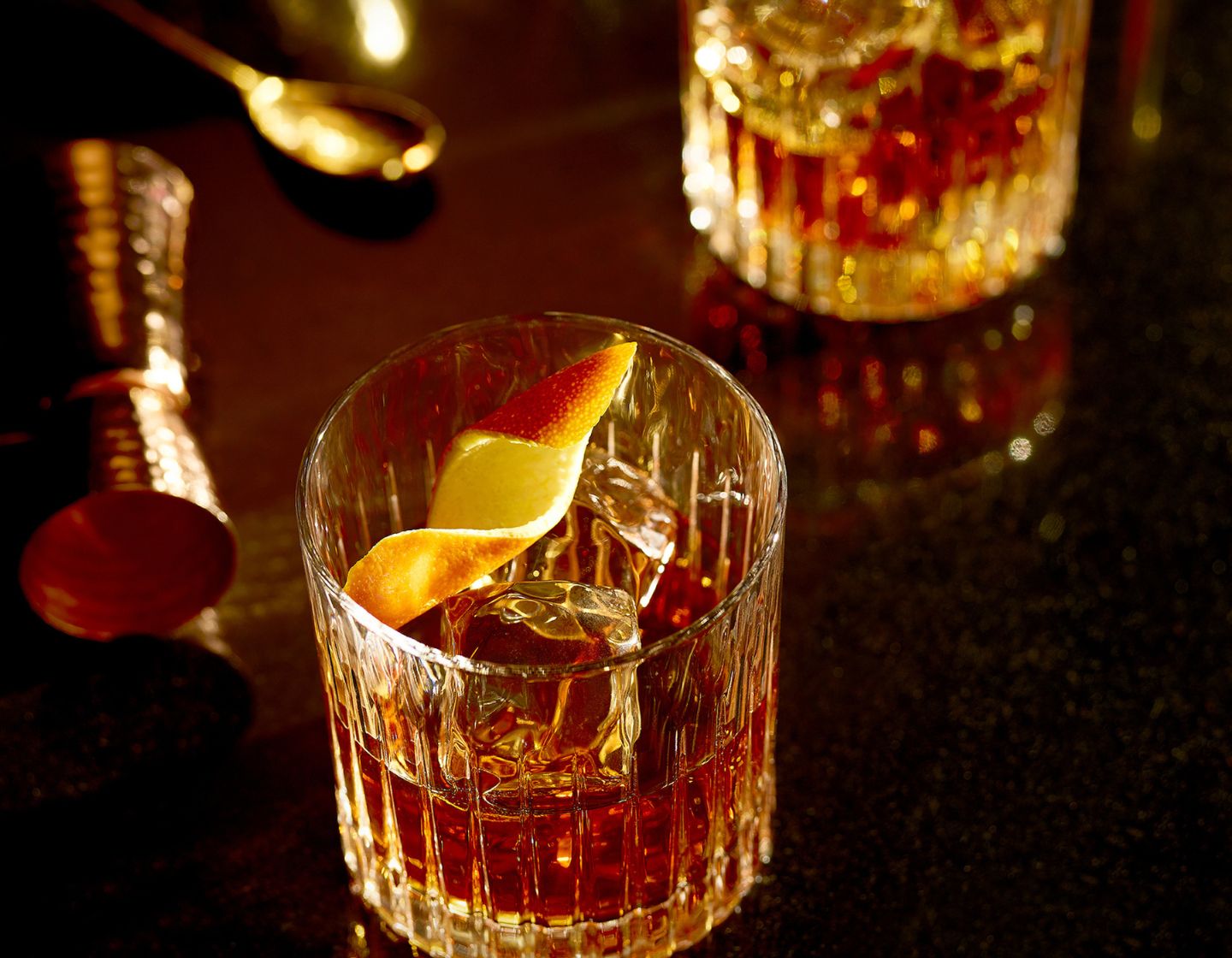
Rum Quiz
Think you know all there is to know about rum? Confident in your ability to identify the different types and flavour profiles? Prove it with this rum quiz.
